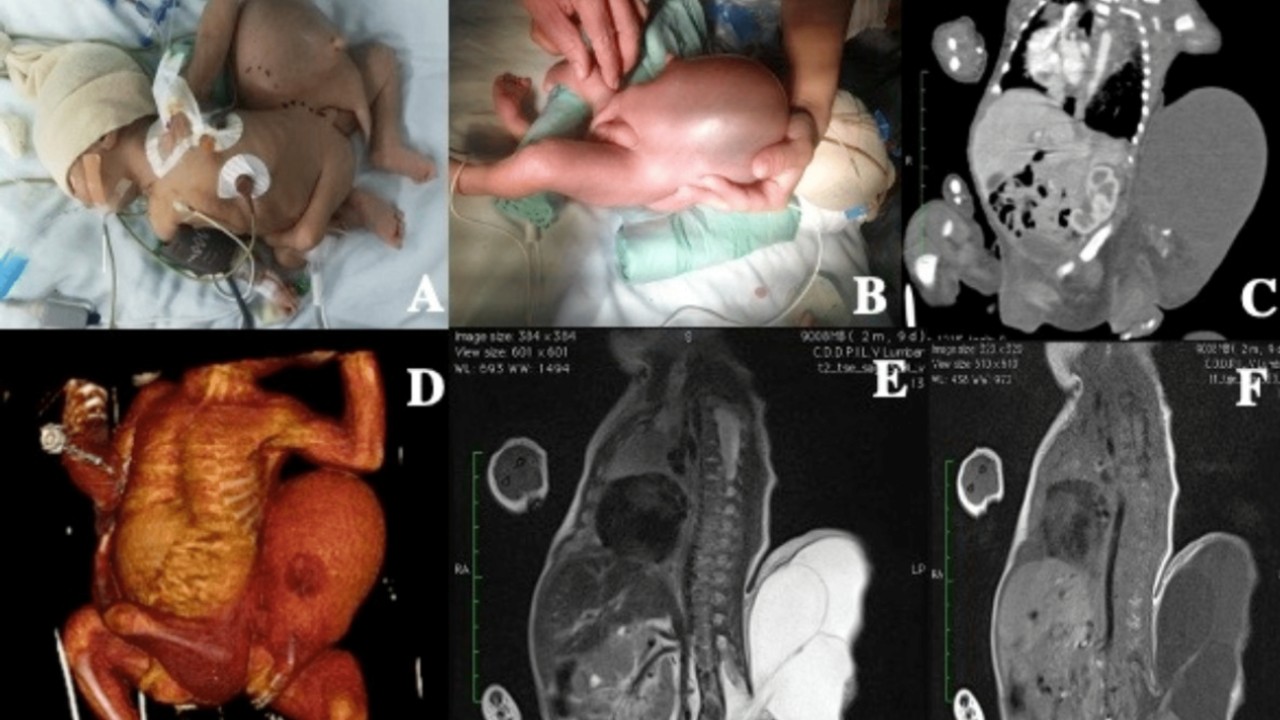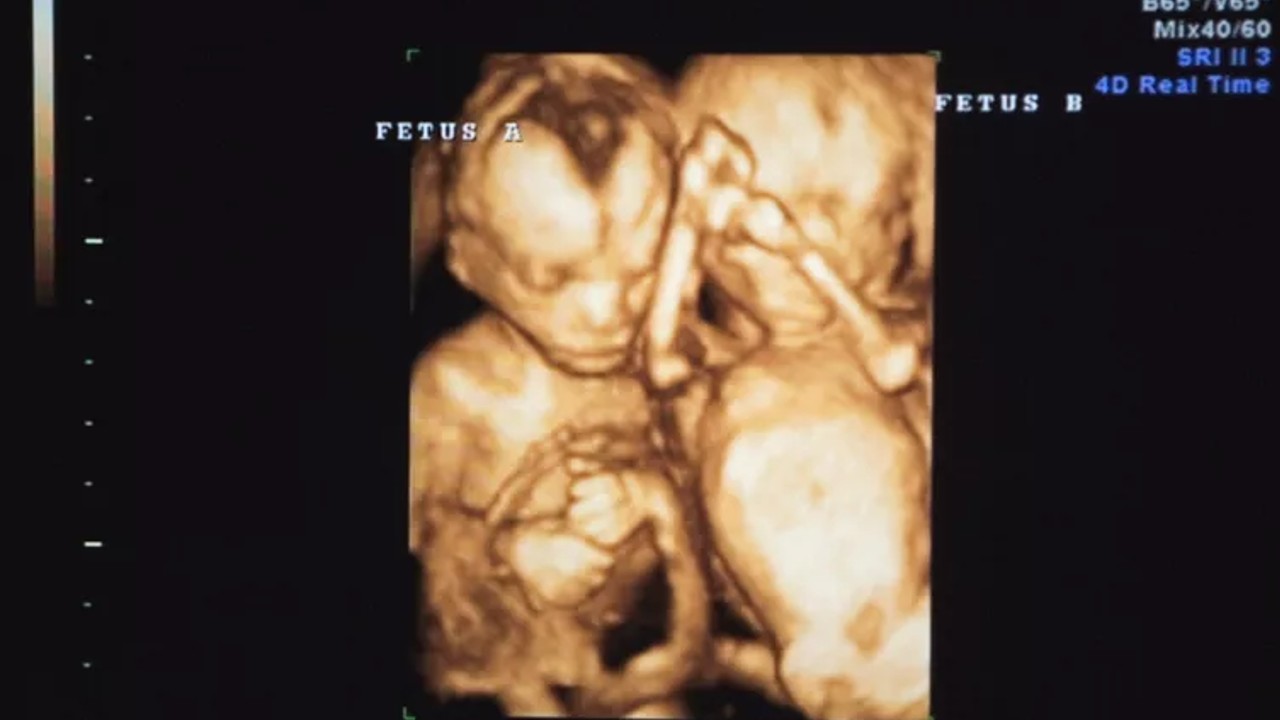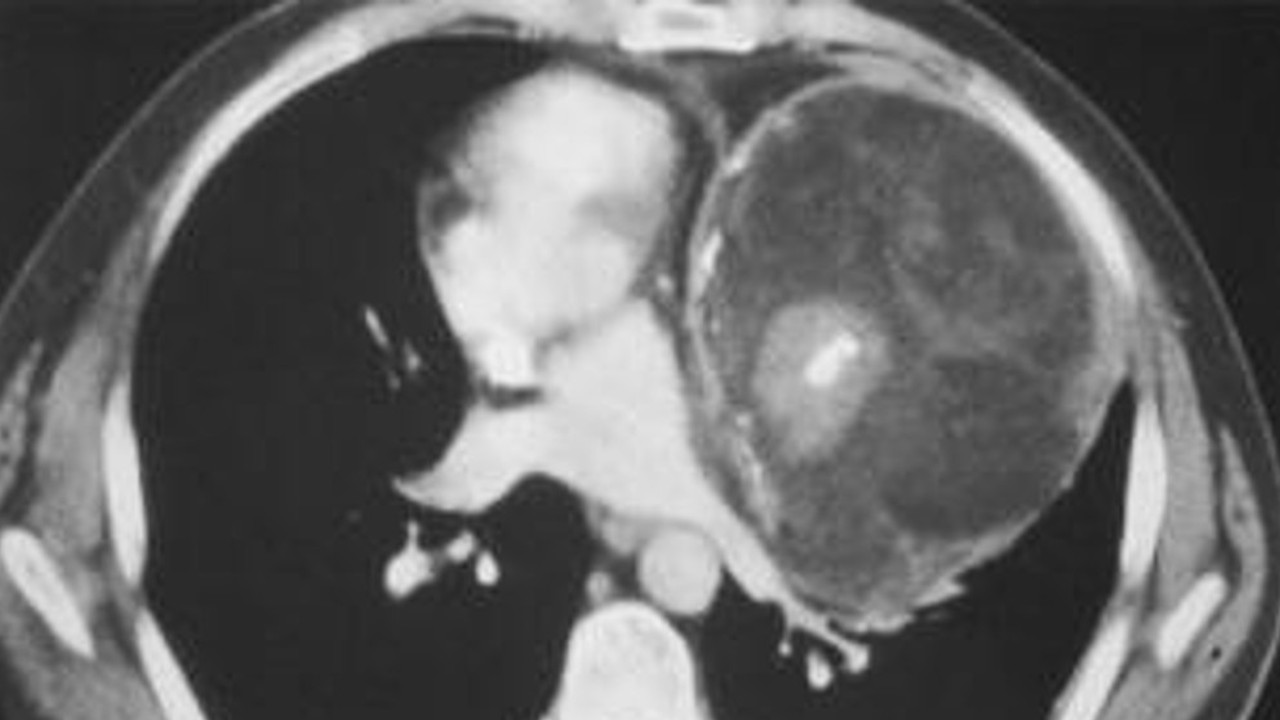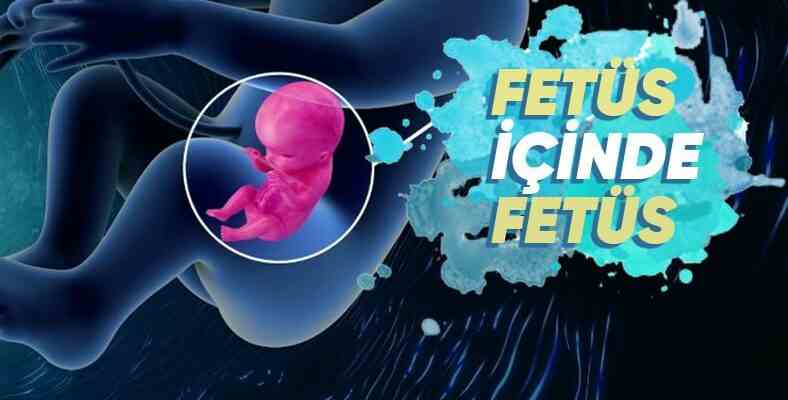Fetus-within-a-fetus, a rare condition that occurs during the development of twin pregnancies in the mother’s womb, is defined as the remnants of one sibling of the other sibling settling in different organs and continuing their existence there.
Fetus-in-fetu (FIF), which is hard to believe, is expressed as “anomaly” (abnormal, abnormal) in medicine. 200 cases worldwide has been reported.
While this syndrome can sometimes be detected during the mother’s pregnancy, it mostly occurs in newborns and 1 in 500,000 births is seen. It is much less common in adults than in newborns. Let’s take a closer look at why and how this phenomenon occurs.
In fact, it all starts during the first development of the fertilized egg.
During fertilization, when the cell clusters that make up the embryo develop normally, healthy twins are formed, while if the two embryos are of different sizes, the larger one receives enough placental blood and continues to develop to become a normal fetus. If the small failing to develop due to unfavorable intrauterine conditions dies and remains lifeless in that area.
Researchers working on how this symptom occurs are united in two common theories.

According to one view, the fetus contains the heart, brain, pupils, intestines, or different limbs. as the organs differentiateotherwise normal twins as symmetrical conjoined twins deformed they become.
Meecker first described FIF in the 19th century as the rare condition in which a fetus composed of deformed twins exists in the abdominal cavity of its healthy partner.

During the examination of the fetus showing this syndrome, the abdomen was swollen and soft at the same time, and the masses are clearly was in hand. The mass had fetal appearance, limb-like structures, and abnormal skeletal and intestinal development.
In approximately 80% of cases, this abnormal condition is present in the body of the normal fetus. in the back of the abdomen However, it can also be seen in other parts of the body such as the chest, groin and coccyx.
Most of the time, there is only one fetus inside the fetus, but there may be cases where two or more are present together.

For diagnosis and treatment, this mass, which causes the formation of a new fetus within the fetus, is applied to the bodies of newborn babies. while potentially damagingshould be surgically removed and examined.
Fetus-within-a-fetus syndrome may sometimes go undetected early in pregnancy.

While pregnancies last an average of 38-40 weeks, a mother’s at 25 weeks of pregnancy A mass was detected and these masses increased as the pregnancy progressed. When these masses detected by ultrasound and MR were examined, it was understood that the formations would result in a fetus within a fetus.
In some cases, in babies born in a healthy way, a twin may be detected as a mass in the abdomen in the following years.
In the samples seen after birth, this situation is While it mostly occurs around the age of 1The existing mass enlarges and puts pressure on the surrounding tissues, and as a result of the complaints created by this pressure, it is revealed that the baby carries the remains of his sibling within himself.
In an Indian woman who had different cognitive problems such as reading and listening, remnants of her brother were found in her brain years after her birth.

When it was understood that the young woman, who was unaware of the remains she had, had this syndrome, with an unusual surgical technique, Masses belonging to his twin sister who tortured him for 26 years cleaned.
From time to time, it is possible to confuse FIF with tumors that develop in other ways and for different reasons.
The masses that cause the fetus within the fetus can also be seen as a type of tumor called “teratoma”. very difficult to diagnose and masses that cause fetus formation can often be mistaken for teratomas.
In the past, scientists thought that the fetus in the fetus was the result of a highly developed teratoma rather than the product of an abnormal development.

Teratomas can include hair, teeth, bone and organ tissues, which are foreign tissues to the region of the body, and a malignant tumor most common in infants.
Teratoma is usually found in the ovaries, testicles, peritoneum, and coccyx, while FIF is located in the amniotic sac, which can stop growing due to insufficient blood flow. In addition, cysts that cause fetus within the fetus, benign and have a clean blood supply similar to the structure of the umbilical cord.
RELATED NEWS
You Are Looking At A Real Baby Who Was Petrified In The Womb! So How Does This Terrible Case Come Up?
RELATED NEWS
Can Babies Feel Stuck in Pregnancy where the Tummy Grows Too Little?
RELATED NEWS
